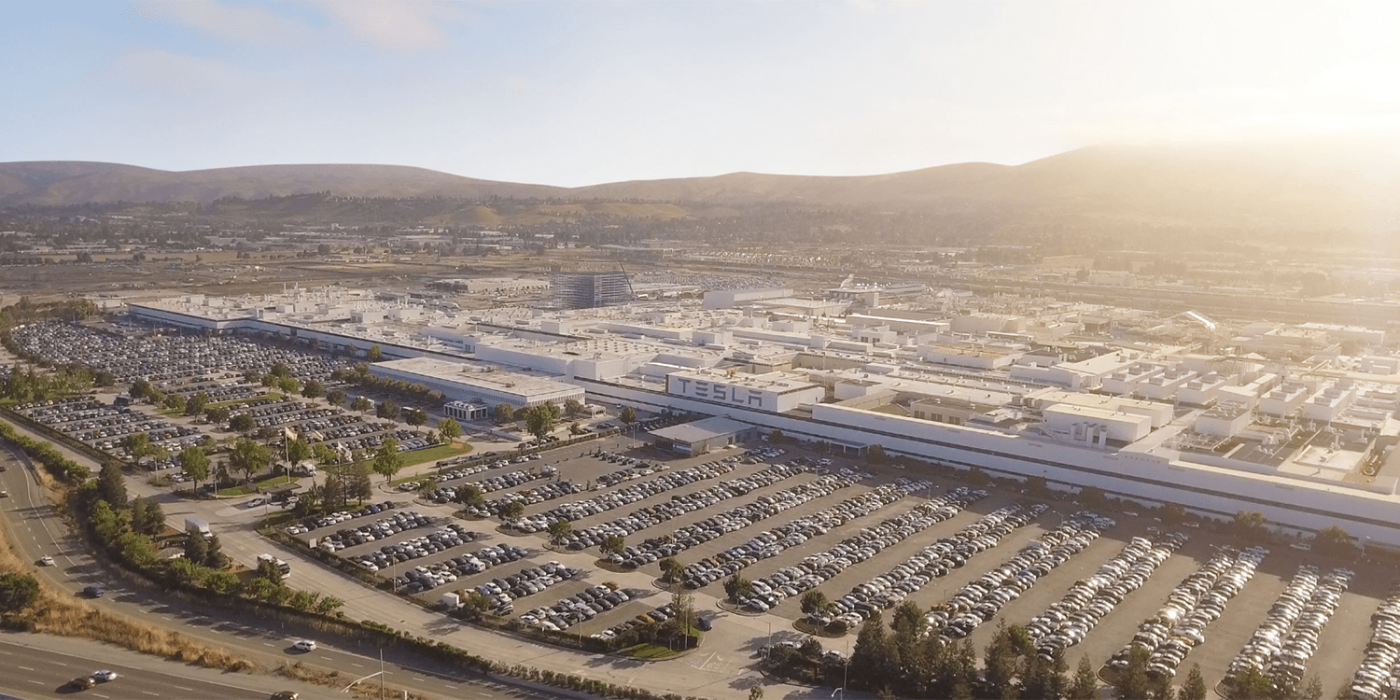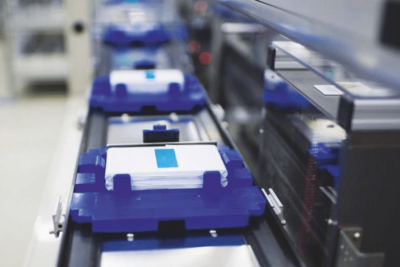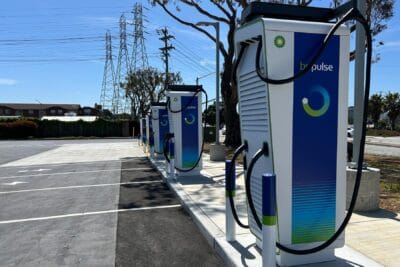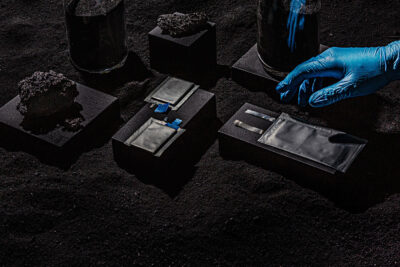Tesla expands Fremont plant for the Roadrunner Project
In June, Tesla applied to the city of Fremont for permission to build a second floor in its battery production plant called Tera. A new drone video now shows that the expansion is already in full swing.
++ Please find updates below. ++
Tesla needs the second floor to realise its Roadrunner project, in the course of which the Californian company is aiming to manufacture battery cells. As yet Tesla has not revealed many details, but says that the project will involve the implementation of “completely new technology”. Tesla is already operating a small production facility for battery cells in the building, a kind of pilot production to test and adjust production equipment. It is not clear which and how many cells Tesla could produce in Fremont.
Industry experts expect to receive official information on this at Battery Day, scheduled for 22 September. Meanwhile, speculation about what Tesla will present on that day is growing. Various news sites have reported that Tesla’s battery technology could rely on silicon in the form of nanowires as anode material for lithium-ion batteries. A company called Amprius that specialises in this technology is said to have recently moved its headquarters to the immediate vicinity of Tesla’s battery production facility in Fremont. Cryptically, the wallpaper on Tesla’s Battery Day website appears to show silicon nanowires.
It is still unclear who will be considered as a future partner for mass production, or if Tesla wants to work with a partner at all. Currently, Tesla cooperates with Panasonic with whom they share the Gigafactory 1 in Nevada, where the Japanese company builds round cells for Model 3 and Model Y. Imported Panasonic cells are used in Model S and Model X. For the Model 3 from Gigafactory 3 near Shanghai, Tesla relies on battery cells from LG Chem and CATL.
Meanwhile, Tesla and its battery suppliers are working to create more energy-dense cells. In a recent tweet, company CEO Elon Musk commented on this as follows: “400 Wh/kg *with* high cycle life, produced in volume (not just a lab) is not far. Probably 3 to 4 years.” Durable cells with an energy density of 400 Wh per kilogram should, therefore, be able to be produced on a large scale in three to four years.
Update 28 August 2020: Another tweet has appeared that renders the rumour mentioned above of Amprius being a potential partner for Tesla baseless. Elon Musk instead showed surprise on them being “across the road”. He also replied “nothing” when asked what was going on by local media.
For the Tesla CEO, the question with silicon batteries is “just what ratio of silicon to carbon & what shape? Silicon expands like crazy during discharge & comes apart, so cycle life is usually bad.”
The Tesla Battery Day will take place on 22 September.
Additional reporting by Nora Manthey.
tesla.com, electrek.co, twitter.com, twitter.com (Musk on Amprius)





0 Comments